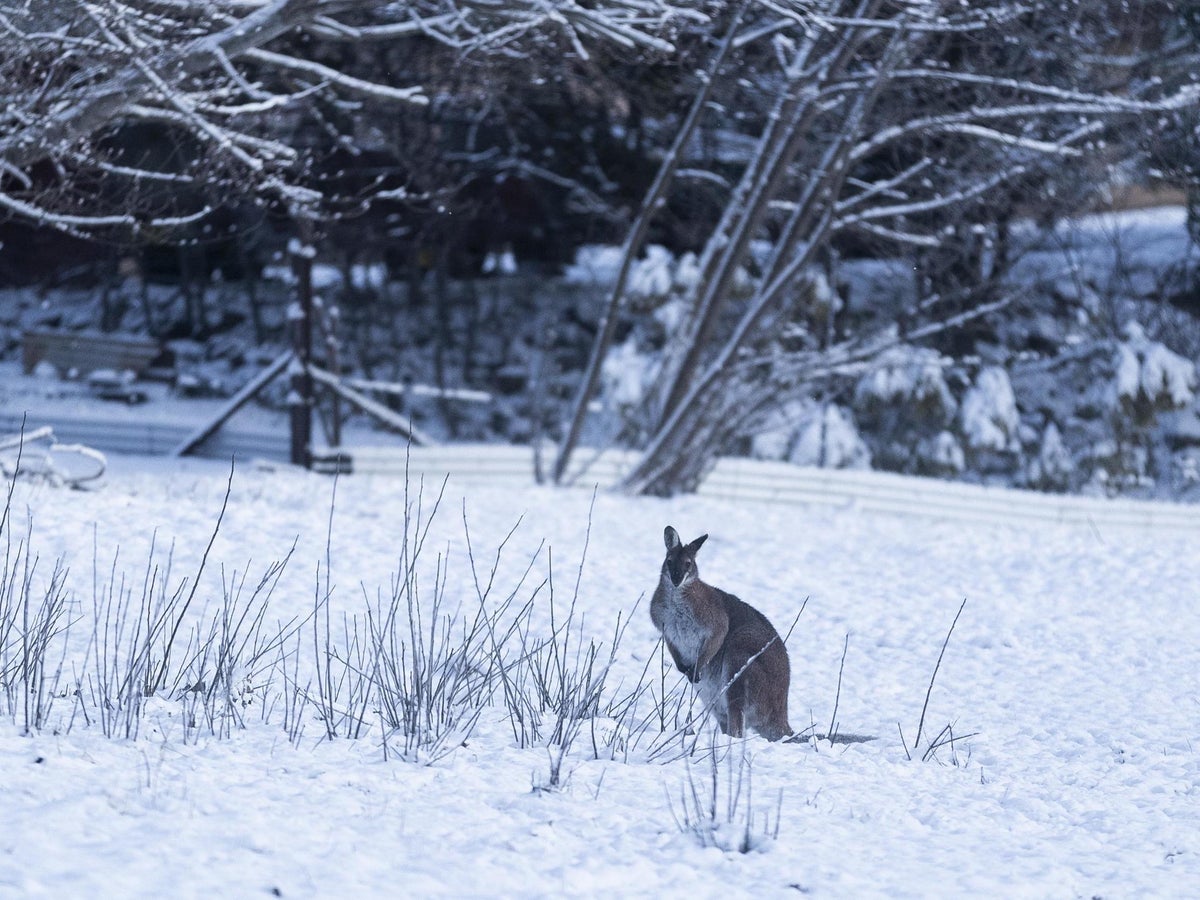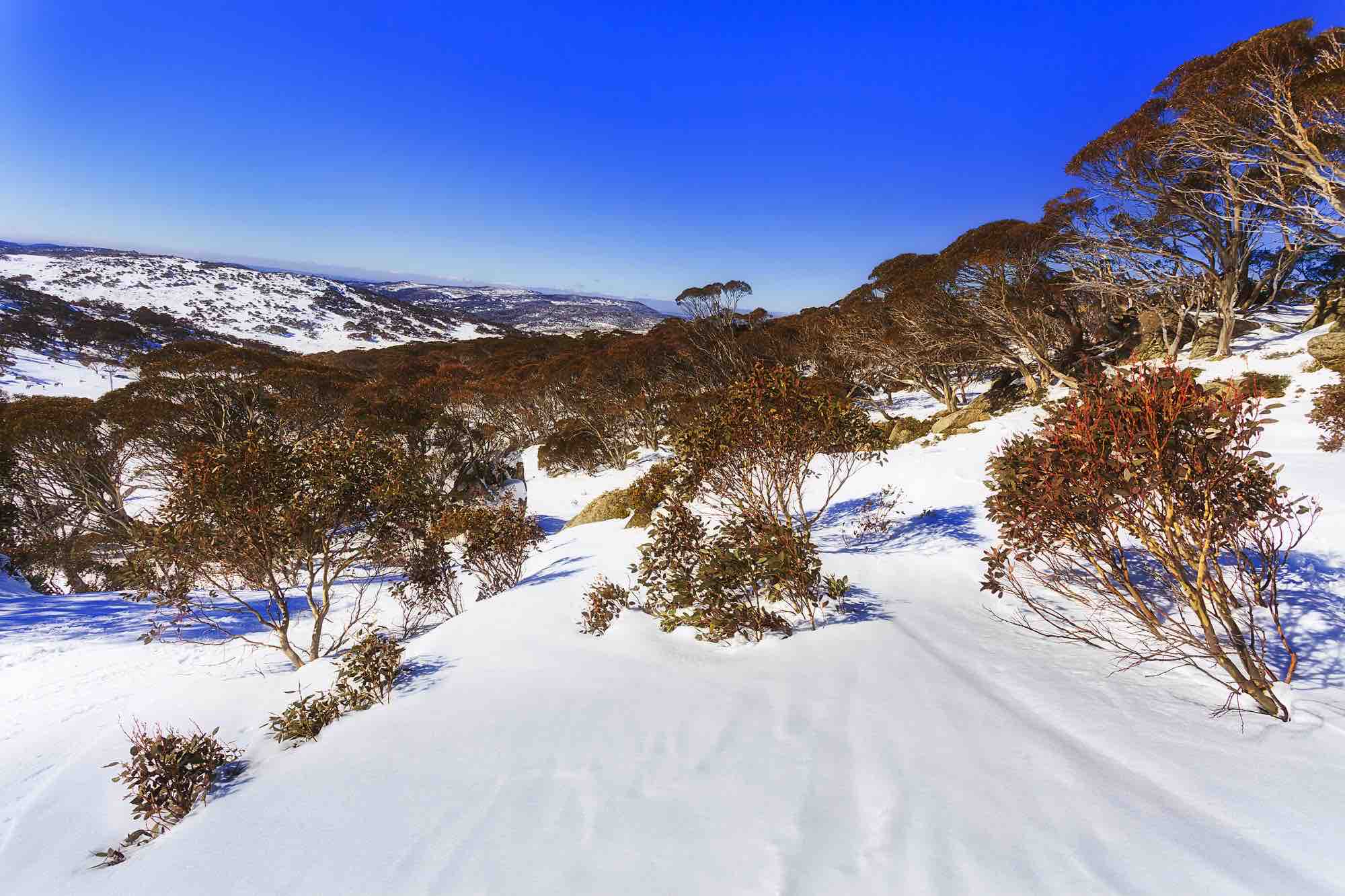Find Out About the Locations That Frequently See Snow In Australia During the Colder Months
Find Out About the Locations That Frequently See Snow In Australia During the Colder Months
Blog Article
The Different Kinds of Snow in Australia and Their Influence On Winter Months Sports
Australia, recognized for its sun-soaked beaches, is likewise home to a varied variety of snow conditions that significantly affect winter season sporting activities. Each kind, from the wet coastal snow to the dry indoor powder, provides one-of-a-kind challenges and benefits for professional athletes. An understanding of these variations is necessary for those looking for to navigate the Australian slopes, as each calls for different methods and strength. The following expedition will go over the implications of these snow kinds on wintertime sports efficiency.

Understanding the Features of Various Snow Types
While numerous think that snow is an uniform entity, it is necessary to understand that there are different types, each with special features. In Australia, these variants are specifically obvious as a result of weather diversity. Coastal snow, located in areas such as the Snowy Mountains, is generally wetter and denser due to high dampness material, making it excellent for snowball battles or constructing snowmen. On the other hand, the snow located in the interior areas like the Australian Alps is drier and lighter, frequently contrasted to a cosy powder. These distinctions in snow type aren't simply visual; they substantially influence winter months sporting activities, dictating the ease of movement, the speed achievable, and the level of control needed from athletes.
The Influences of Powder Snow on Skiing and Snowboarding
In spite of its light and cosy appearance, powder snow in the Australian Alps provides both one-of-a-kind difficulties and chances for winter sports lovers, especially those taken part in skiing and snowboarding. The loose, completely dry nature of powder snow can initially be hard to navigate for beginners, requiring cautious equilibrium and control. However, for more seasoned practitioners, the soft, untracked snow offers an exhilarating experience, enabling dynamic and active movement. The smooth and forgiving surface area of powder snow likewise lowers risk of injury during falls, making it a recommended option for severe winter sports. Yet, it's worth noting, the differing deepness and unpredictable nature of powder can occasionally bring about covert challenges, asking for constant caution.

The Challenges and Advantages of Packed Snow in Wintertime Sports
Changing focus from the loose, completely dry powder snow, one more common kind of snow in the Australian Alps is packed snow, posing its own set of challenges and advantages in the realm of wintertime sports. This denser, much more solidified kind of snow supplies a faster, slicker surface, benefiting sports like downhill skiing and snowboarding, boosting rate and precision. The exact same qualities likewise present challenges. Its tough surface can be high-risk, raising the possibility for injuries throughout drops. Moreover, managing and navigating turns rate can be tough on packed snow, requiring greater ability levels from professional athletes. Despite these difficulties, loaded snow continues to be an essential aspect in several wintertime sporting activities, forming the performance and strategies of professional athletes.
The Duty of Wet Snow in Australian Wintertimes Games
In comparison to the thick, slick surface area of jam-packed snow, damp snow plays an entirely various role in Australian wintertime video games. Snow In Australia. Its pliability makes it excellent for snow sculpting events and for fortifying snow frameworks in sporting activities like snow fort battles.

Exactly How Slushy Snow Impacts Winter Season Sports Performance
Continuing the exploration of differing snow conditions in Australia, the influence of slushy snow on winter months sports is an additional interesting factor. Slushy snow, resulting from warmer temperatures or straight sunlight, positions distinct difficulties to athletes. It minimizes speed and requires enhanced physical initiative as the tools penetrates the soft, water-saturated snow. In winter sports and snowboarding, slushy conditions can affect the predictability of jumps and turns, increasing the risk of mishaps. For snowmobiling, the maker's efficiency may be prevented as it has a hard time to preserve grip. Hence, slushy snow transforms the wintertime sports landscape, demanding not only enhanced physical exertion from athletes but also a greater emphasis on security precautions.
Adjusting Winter Sports Techniques to Numerous Snow Conditions

Final Thought
In verdict, Australia's diverse snow kinds dramatically impact winter sports efficiency. Each kind, from the slick coastal snow to the drier indoor powder and the hefty, sticky wet snow, provides one-of-a-kind difficulties and advantages.
Changing focus from the loose, dry powder snow, another widespread type of snow in the Australian Alps is stuffed snow, positioning its own collection of challenges and benefits in the realm of winter season sports - Does Australia Get Snow.In contrast to the thick, slick surface of packed snow, damp snow plays a completely different duty in Australian wintertime video games. Its pliability makes it suitable for snow sculpting events and for strengthening snow structures in sports like snow fort battles.Proceeding the exploration of differing snow conditions in Australia, the effect of slushy snow on winter sporting activities is go to this web-site one more appealing factor. Each kind, from the slick seaside snow to the drier interior powder and the heavy, sticky damp snow, presents one-of-a-kind obstacles and benefits
Report this page